How to Sew a Dress With Princess Seams: Drafting the Pattern
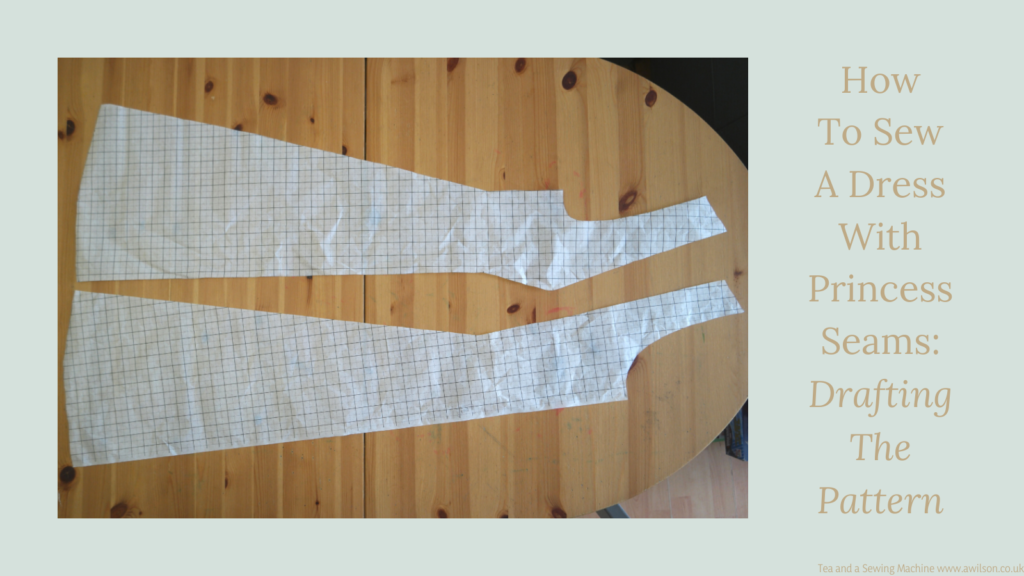
This post contains affiliate links.
At this time of year, when the trees are waking up and there’s blossom and green shoots appearing, I realise that I am bored of winter.
I actually quite like winter. I like being tucked up in my funny old house with the fire going, the lamps on and my family around me. Even being outside isn’t that bad. Our English winters are mild, and as the Norwegians say, there’s no such thing as bad weather, just the wrong clothes. I’ve found that having a decent coat and a pair of waterproof boots makes all the difference.
But it gets to a point when the signs of spring are all around and I long for a change. I want the sun to feel warm. I want to be able to leave the house without bundling myself into a coat, scarf and gloves. I want to sit out in the garden and smell the smells of summer.
It’s also at this time of year that I realise I’m tired of my winter clothes. They seem drab and dreary, and I can hardly wait to wear pretty colours again.

Last spring it occurred to me that if I wanted to wear pastel colours but still be warm, there was a solution. All I needed to do was make warm clothes in pretty colours!
I made a skirt from some brushed cotton and bought some pink tights, which I also wore with my pink net skirt.
While I was tidying up the other week, I found some pale grey wool fabric that I bought to make a dress. I never got round to it, and the fabric was still there.
I plan to wear it with my pink tights and my pink shoes, and it will be just the thing until it’s warm enough to get my summery dresses out again!
It’s also a chance to try out something new. I’ve decided to make a dress with princess seams, so this post is the first of two showing how to draft the pattern.
Drafting a Dress With Princess Seams
You Will Need
Pattern paper (I find the kind with a grid on easiest to use)
Pencil
Ruler
Bodice block (there are instructions here for drafting a bodice block if you don’t have one already)
Skirt pattern (there’s one here, but I’m going to show the easiest way to make one in a minute)
A French curve is useful, but any curved edge, like a dinner plate, will do if you don’t have one.
Getting Started
There are several stages to drafting a dress with princess seams, and I should say at this point that I have cheated a little bit. Often with dresses with princess seams, the back will match the front and be made from 4 pieces. To make things easier for myself, I’ve made the back from 2 pieces.
The first task is to adapt the bodice pattern.
The second is to modify the skirt pattern.
Task 3 is to put them together, and redraw the pattern pieces with seam allowances included.
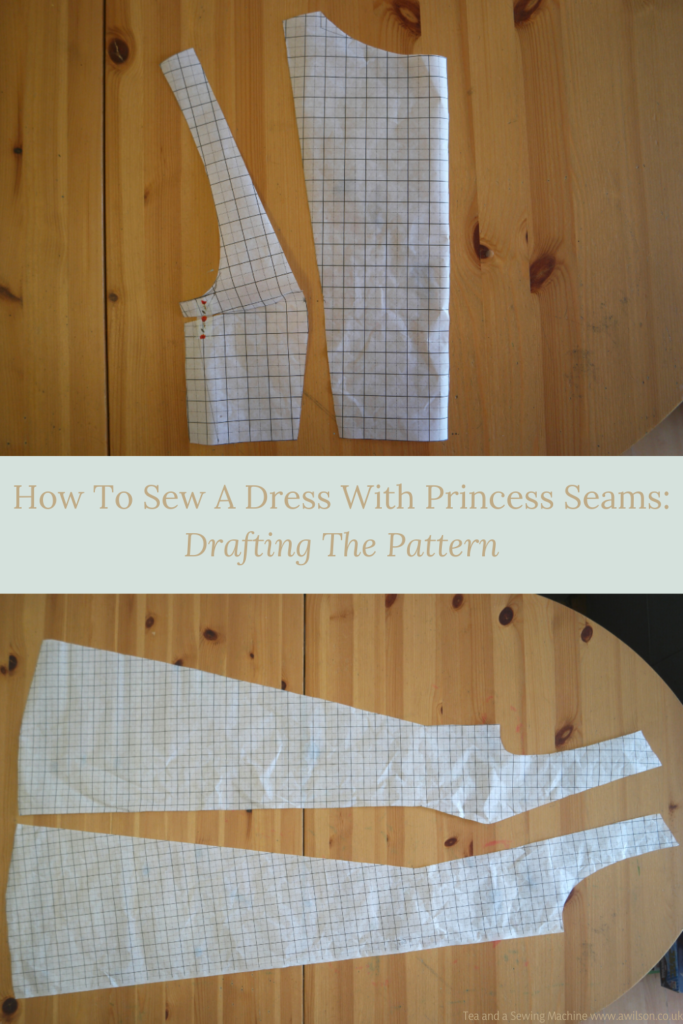
Adapting the Bodice
The thing that makes pattern drafting tricky is that women are not cylinders.
On a standard bodice block, it’s the darts that ensure that the end results allow for lumps, bumps and curves.
With a dress with princess seams, darts are not needed. It’s the shape of the pieces and the fact that there are more of them that gives the dress its shape.
Drawing pieces that are the right shape might seem like a challenge, but by using a bodice block and changing things up with the darts, it’s possible to do this quite easily.
So grab your bodice pattern and lets get started!
Drafting the Top Part of the Dress
The back will be fine to use as it is, so you can put that to one side for the moment.
Take the bodice front piece and draw round it unless it’s a spare.
Cut out the darts.
Now draw a line continuing each of the darts. Mark the point where they cross.
Find the halfway point on the shoulder. Draw a line from this to the point you just marked.
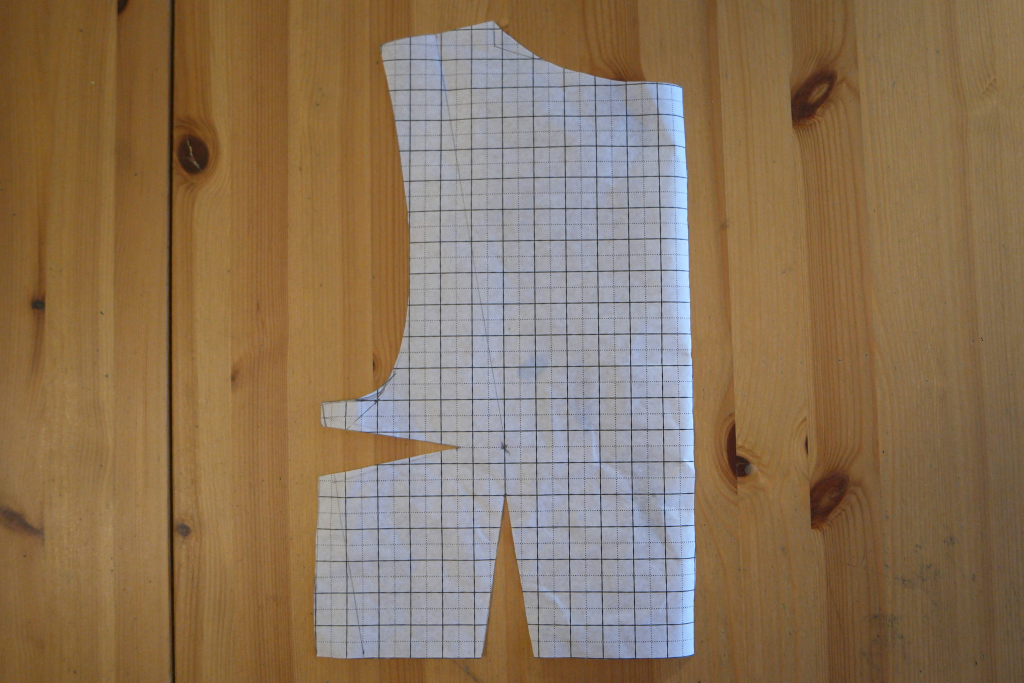
Cut along this line almost to that point.
Cut along the lines you drew from the darts almost to the same point.
If you end up with your pattern in several bits, it doesn’t matter. But it will be easier to do the next stage if you can keep it in one piece.
Now bring the edges of the side dart at the side and stick with a piece of tape. The long cut you made from the shoulder will open out.
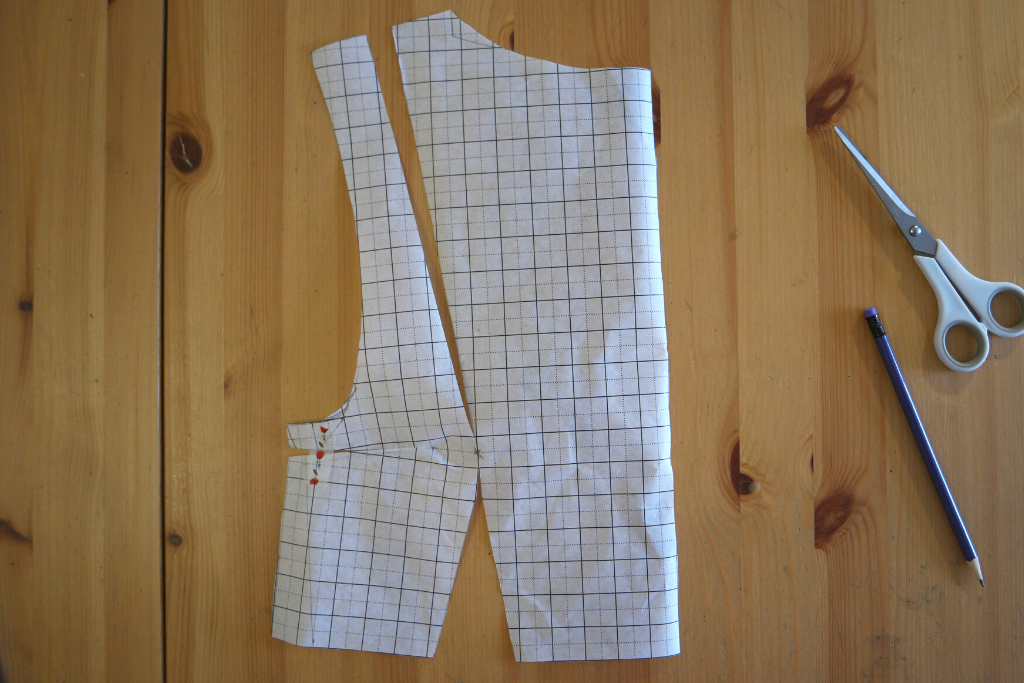
Find where the pattern pieces are still joined and cut in a curve.
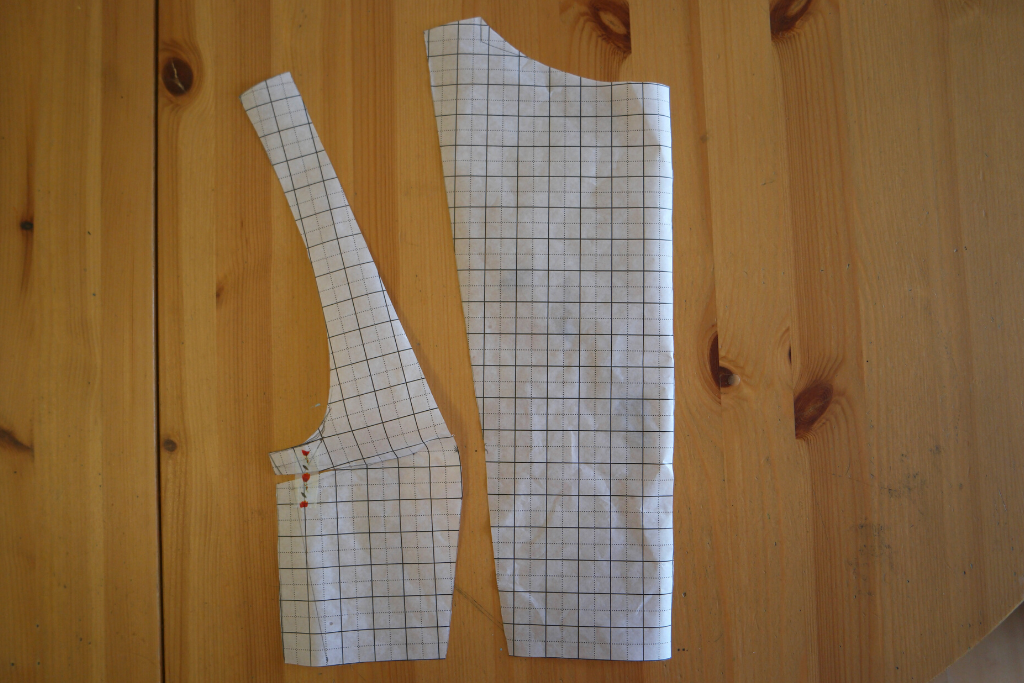
You now have the pieces you need for the top part of the pattern!
Drafting a the Skirt Pattern the Easy Way!
The tutorial I wrote for making a skirt pattern uses draping, but I’ve since figured out that there’s a much easier way.
Measure around your hips, your waist and from your waist to just below your knee.
Now take your waist measurement and your hip measurement and divide them both by 4.
On pattern paper, draw a rectangle that is your hip measurement divided by 4, by the length that you want the skirt to be.
If we were cuboids, this would be enough, but as we’re not, a dart needs to be added at the waist.
To work out how wide the dart needs to be at the top of the triangle, calculate the difference between your hip measurement divided by 4 and your waist measurement divided by 4.
So if your waist measurement is 80 cm, it becomes 20 cm, and if your hip measurement is 100 cm, it becomes 25 cm, and the difference between them is 5 cm.
To draw the dart, find the halfway point on the short edge of the rectangle and draw a line downwards 10 cm long.
Mark 2.5 cm on either side, then join these to the point at the end of the line to form a triangle.
If you were going to make this up into a straight fitting skirt, you would probably want to curve it a little bit on one side, but for our purposes it is fine to leave it as it is.
Adapting the Skirt Pattern
The skirt pattern will be modified in a similar way to the bodice in that the darts can be used to draw pieces that are the correct size and shape.
The first thing to do is to cut out the dart.
Now find the centre of the bottom hem and draw a line up to the bottom of the dart.
Cut along the line almost to the dart.
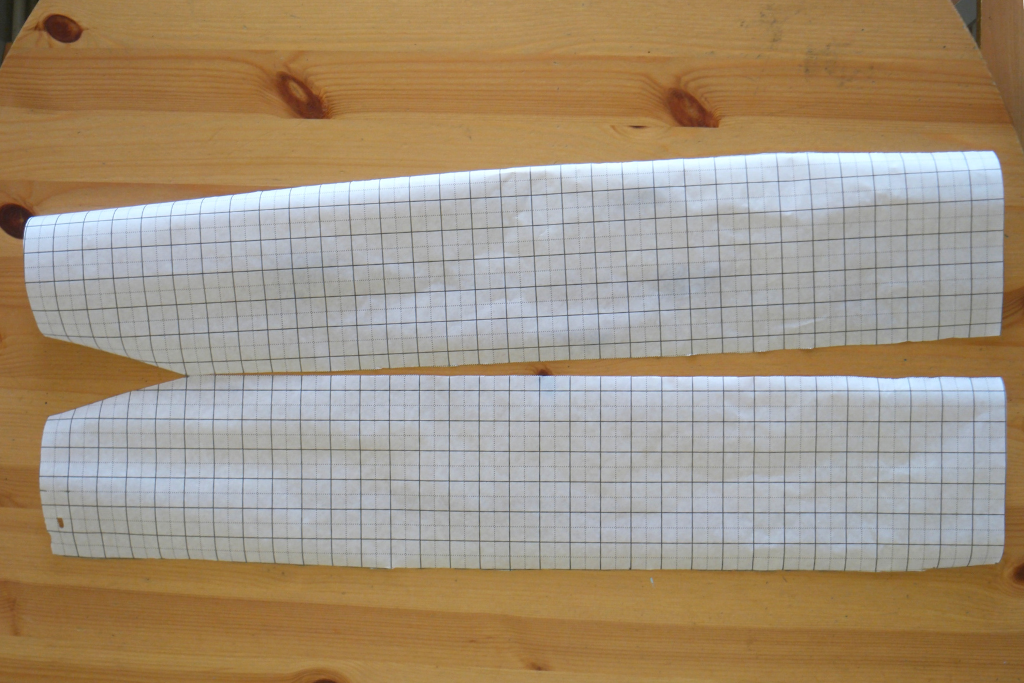
Bring the edges of the dart together and stick them with tape. The cut you made will open up. This could be used to make an A line skirt if you wanted to.
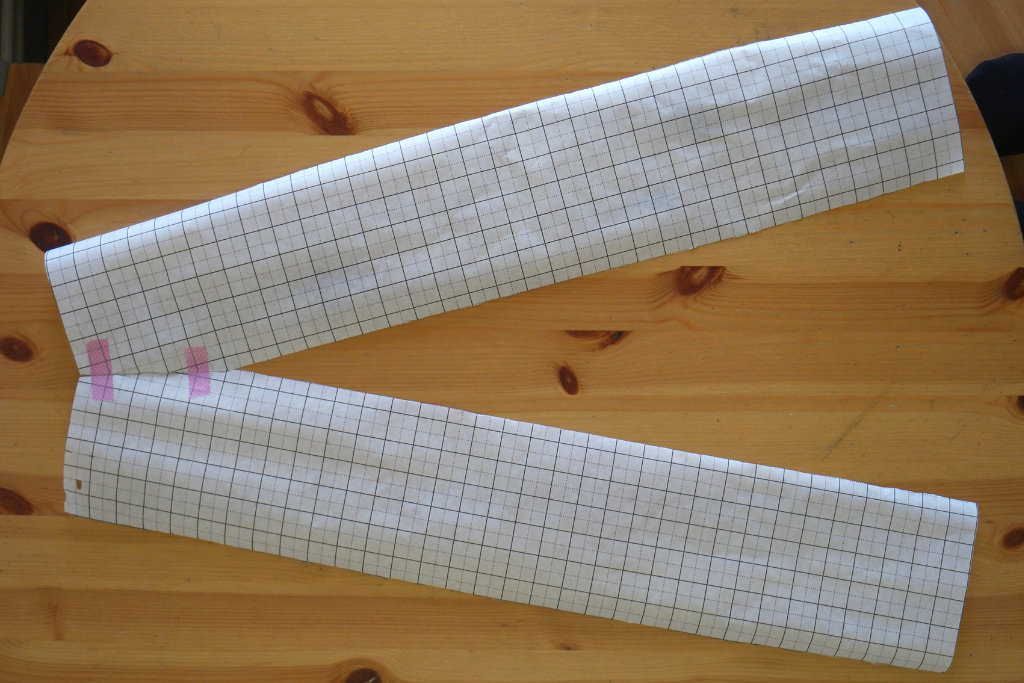
Draw round your skirt pattern onto pattern paper. You might want to add a bit of a curve to the hem.
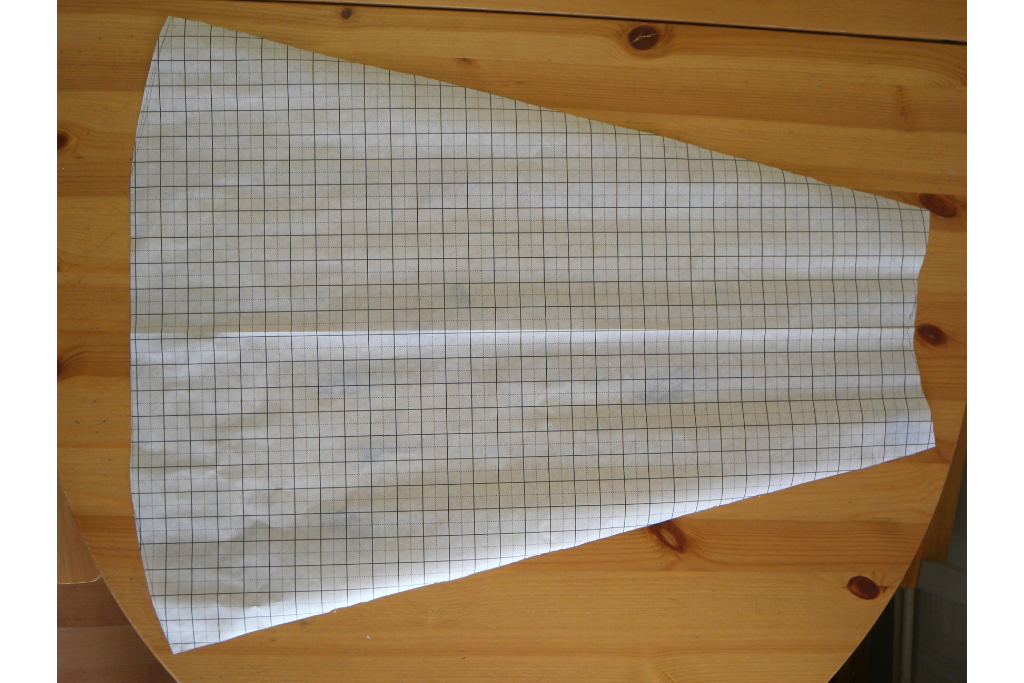
Joining the Bodice and Skirt Pieces and Redrawing Them
At this stage, you should have 1 skirt piece and 3 bodice piece, 1 back and 2 front. The last job is to combine bodice pieces with skirt sections to make the pieces for the princess seam dress.
For this you’ll need your pattern pieces and some more pattern paper.
It will be easiest to start with the back as you’ll be cutting the skirt in half for the front sections.
Dress Back
On top of a piece of pattern paper, line up the bodice back and the skirt so that the bottom of the bodice matches up with the waist line of the skirt. You might need to overlap them a little bit. If that’s the case, then make sure that the centre line runs straight down from the bodice to the bottom of the skirt, then overlap the rest as needed.
For some mysterious reason, the bodice part of mine was a couple of cm wider, so when I drew round it, I added extra cm to the skirt.
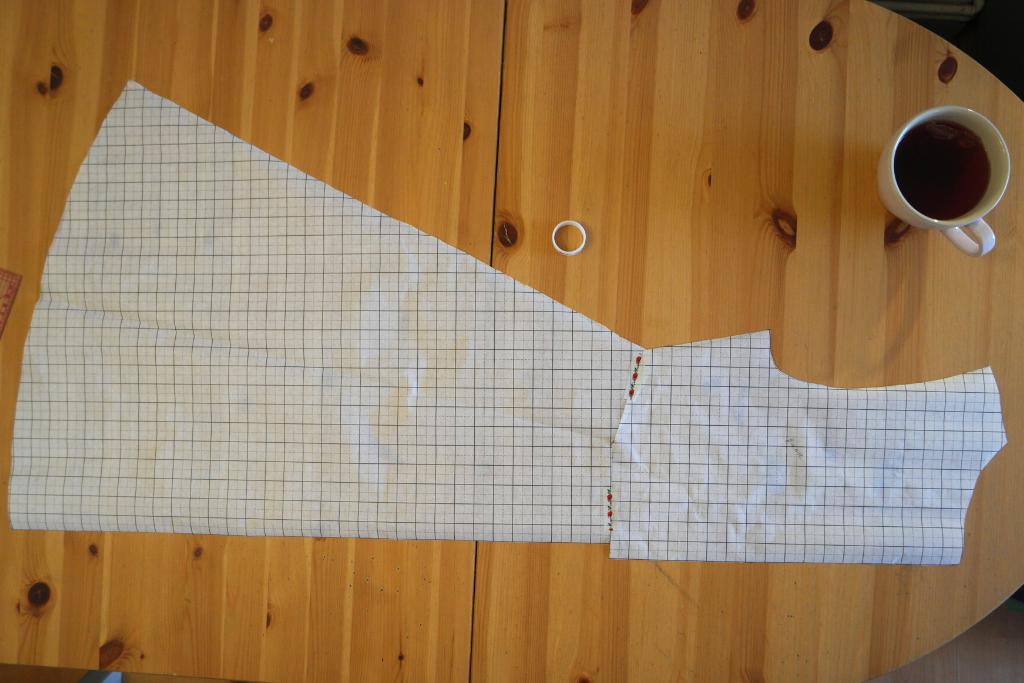
Once you’ve drawn round it, draw round it again adding a 2 cm (3/4 inch) seam allowance.
The back piece of your pattern for your dress with princess seams is ready!
Joining the Bodice Front Pattern Pieces to the Skirt
The first thing to do is cut the skirt into 2 pieces. To do this, find the centre of the hem edge and fold from there to where the dart was. Cut along the fold. It’s a good idea to write on them which is the side piece and which is the centre to avoid getting into a muddle in a minute.
Now match the waistline of the bodice pieces to the waistline of the skirt. Check with your back section to make sure that the waist is in the same place and that the front and back are the same length. If you needed overlap the back pieces, overlap the front pieces in the same way.
Draw round them and add a 2 cm (3/4 inch) seam allowance.
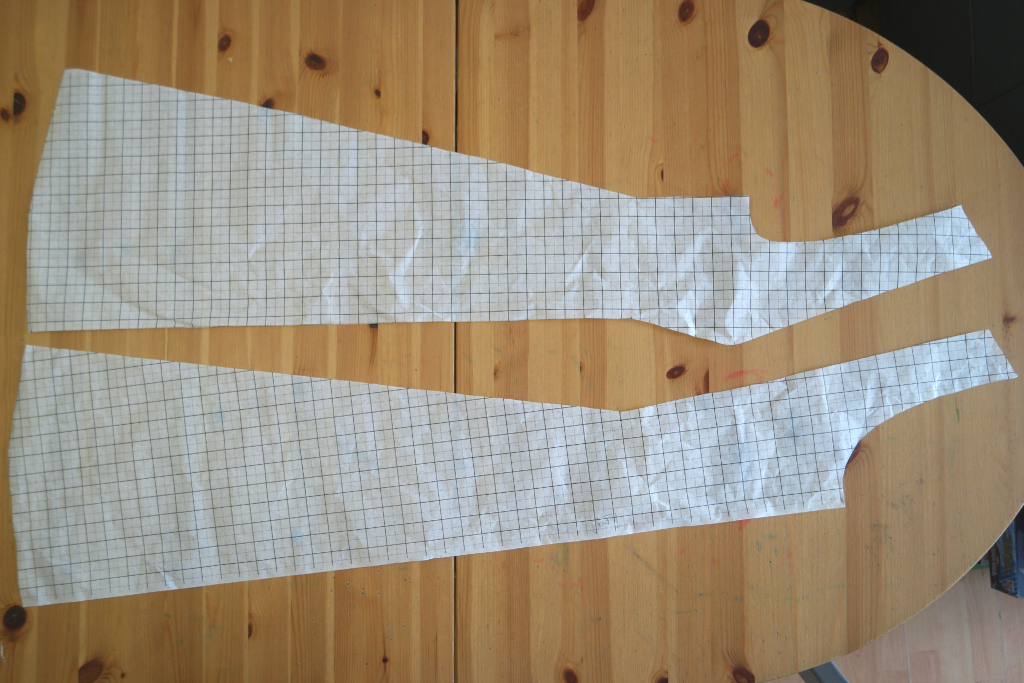
Getting Ahead/ Making a Toile
I’ve discovered that there is a little bit of trial and error involved in drafting patterns yourself.
Checking the fit first is always a good idea, especially if the fabric you have chosen was expensive (this is a good idea with bought patterns too!).
One option is to pin the pattern pieces together and hold it up against yourself or pin it on to a dress form, but the safest thing to do is to make a toile. Traditionally a toile is made from muslin, but I normally use £3 a metre polycotton. If you have an old sheet or something similar, that will do nicely.
The instructions for sewing the dress with princess seams together will be in a future post, but if you want to make a head start on the cutting out, you will need:
2 back pieces, cut on folded fabric
2 front side pieces, also cut on folded fabric
1 centre front, cut on the fold
Happy pattern drafting and keep an eye out for the instructions!

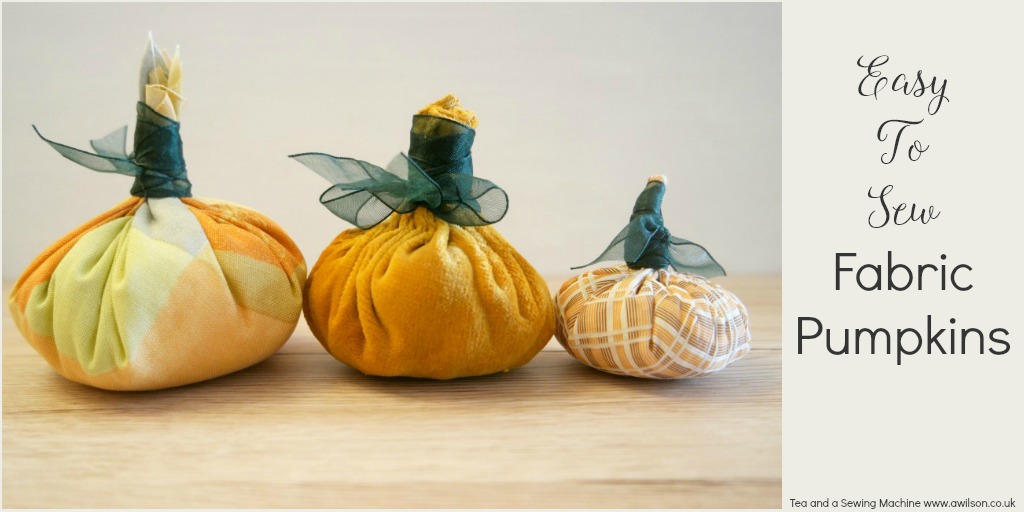
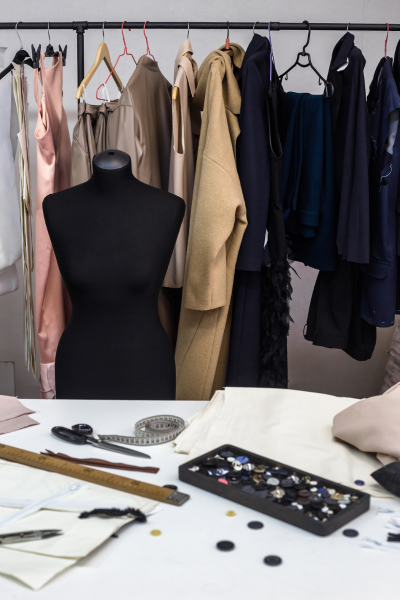


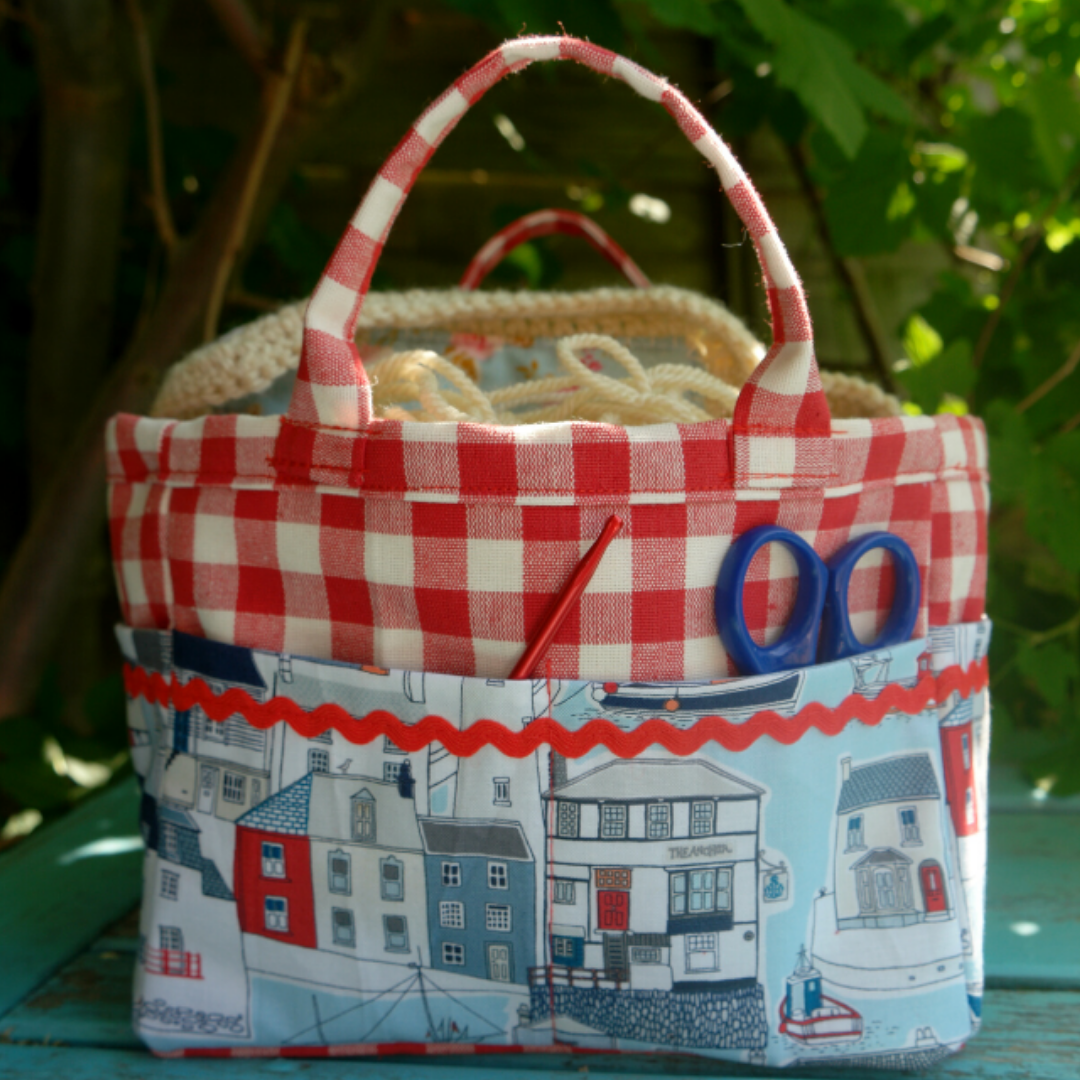
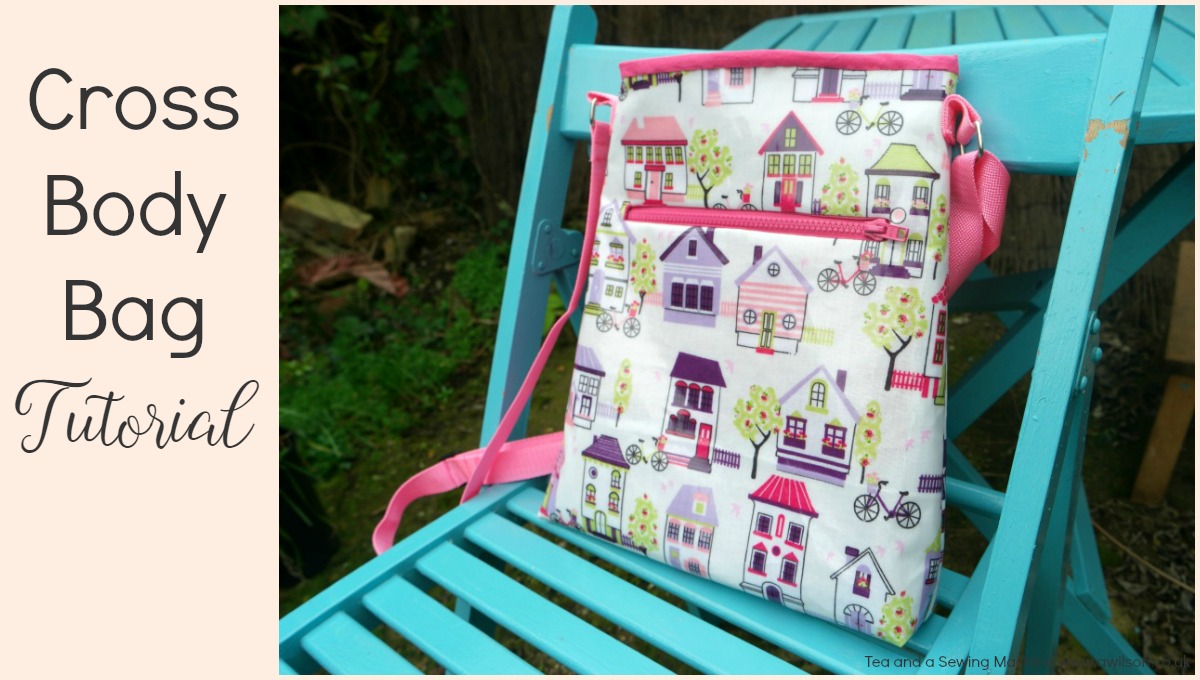
One Comment